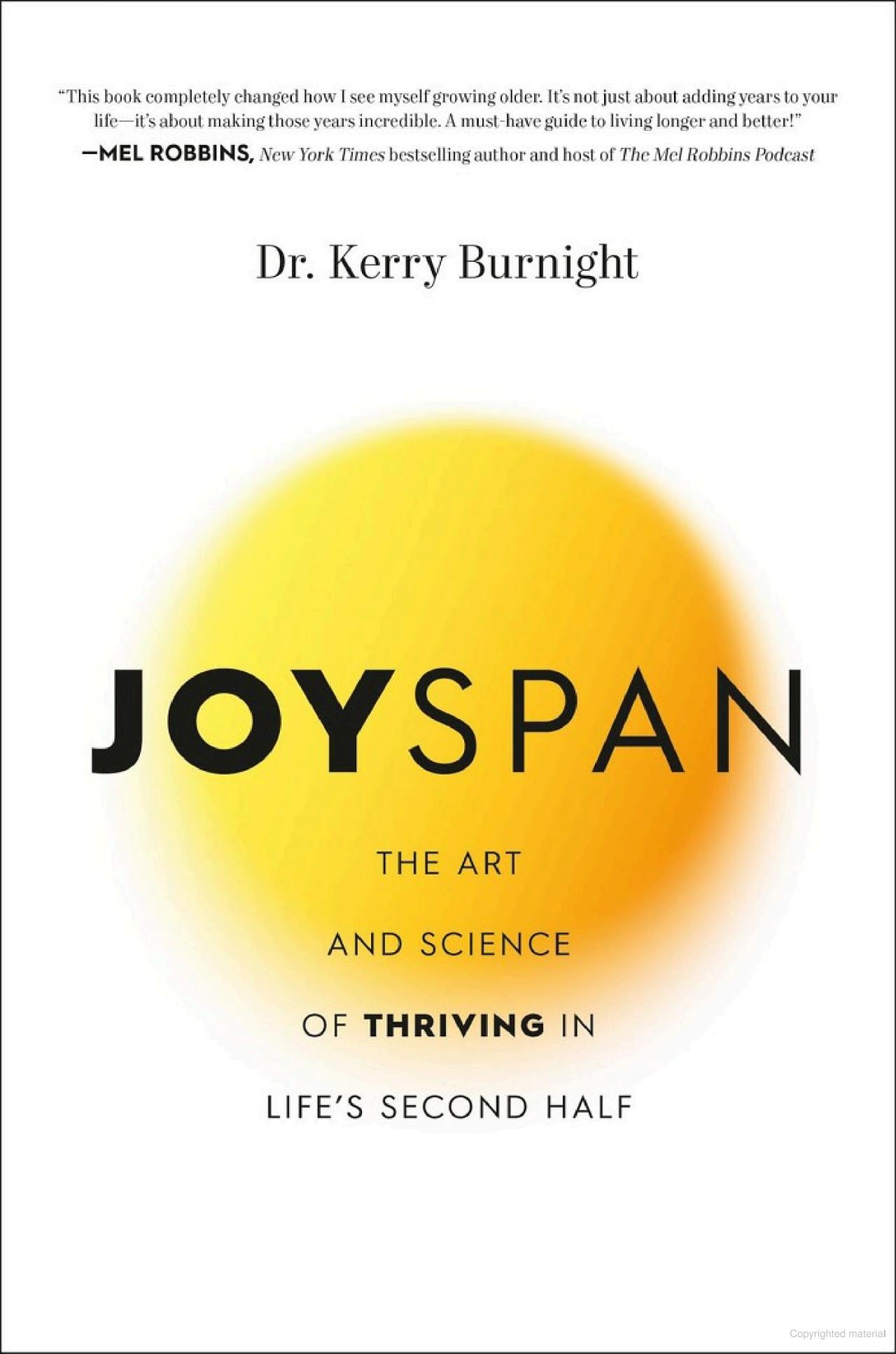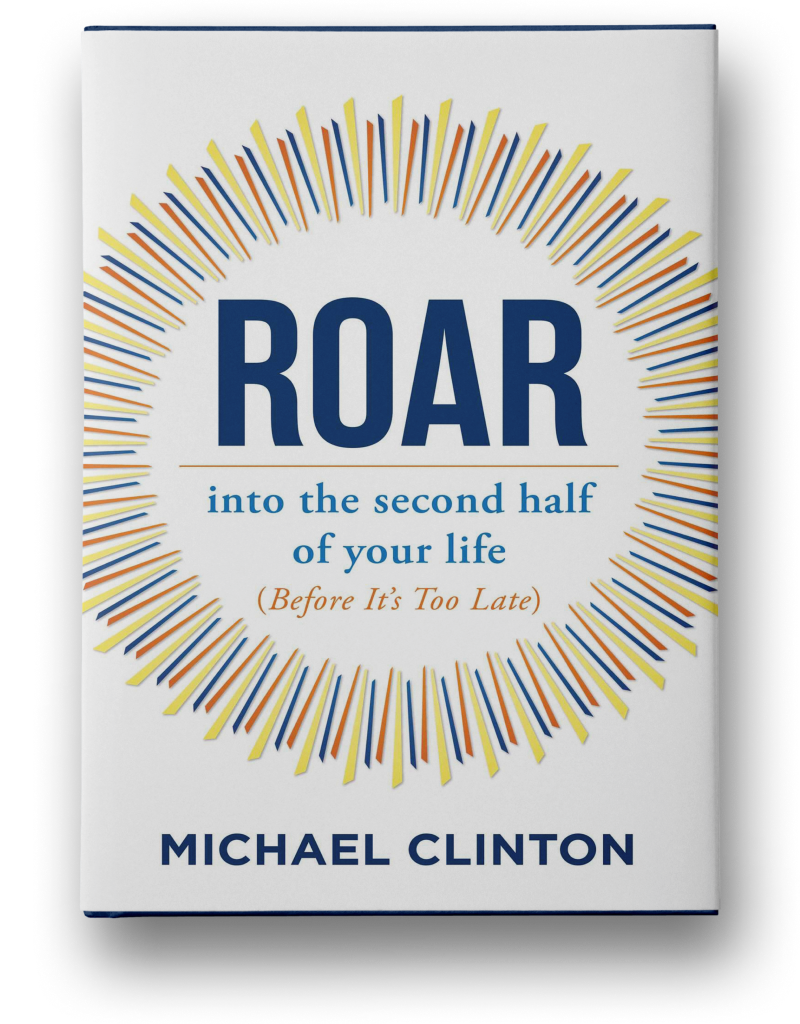
Anyone who says “Age is just a number” has not reached the high numbers. Aging is not easy, and “forever young” is not a plan. Regardless of how many burpees you can do or protein smoothies you chug, the passing of time brings challenges. Roles that you relished change, words on menus seem to shrink, necks sag, and diagnoses arise.
On the other hand, aging is not the downhill slide that people believe it is. A multibillion-dollar anti-aging industry profits when you feel awful about yourself and fear aging like the plague. The tragedy of aging is not that we will all grow old and die, but that aging has been made unnecessarily, and at times excruciatingly, painful and humiliating. Aging does not have to be this way.
I taught Geriatric Medicine and Gerontology for nineteen years at the University of California, Irvine School of Medicine. I had a front-row seat to observe people navigate old age. What struck me most was the radical differences in how people experienced their own aging process. For some, it is a frustrating, degrading, painful trajectory of ever-increasing decline. For others, there is visible delight, spirituality, and joy.
When it comes to longevity, the primary focus has been upon lifespan, the length of life. More recently, though, the scope has expanded beyond years of life to years of life in good health, or healthspan. This is a welcome shift, because we all want to live as healthy as possible for as long as possible. But there’s a catch. A long life, even a long life in good health, doesn’t mean much if you don’t like your life.
To thrive in old age means to live a fulfilling, purposeful, and satisfying life despite the challenges that accompany aging. It doesn’t mean being free of all health problems or challenges. People don’t thrive in longevity by mistake or luck; they actively maximize the quality of their lives. But how?
I scoured the findings of thirty-five years of empirical testing on psychological well-being in longevity. The deeper I dug into the findings, the more I recognized a profound underlying pattern. The hundreds of predictors found in thousands of studies on what is necessary to thrive in longevity consistently group into four essential elements.
Grow: They continue to expand and explore.
Connect: They put time into new and existing relationships.
Adapt: They adjust to changing and challenging situations.
Give: They share themselves.
Each of these elements are verbs because they require effort. What we’ve been missing is a practical vocabulary and approach to maximizing the quality of our long lives. It’s not enough to have a long lifespan and healthspan; we want what I call a long joyspan.
Joyspan, or the experience of well-being and satisfaction in longevity, matters because without it, long life is a drag. The American Psychological Association defines joy as the feeling that arises from a sense of well-being or satisfaction. Experiencing joy is different from feeling happy. Happiness comes and goes and is often dependent on external circumstances. Joy can be experienced even in adverse situations. More akin to contentment than to ecstasy, joy may show up in the form of a smile, but many times it does not.
To learn how you can increase your joyspan, read Joyspan: The Art and Science of Thriving in Life’s Second Half, Joyspan: The Art and Science of Thriving in Life’s Second Half




